Like this article?
Go on, give it a kudu!

Published on November 15 2018
Written by:
yourafricansafari.com
5977 views
There are three sub-species of hyena: Brown, spotted and striped hyenas
The Serengeti and Ngorongoro Crater have high populations of hyenas.
Liuwa Plain, Zambia has around 500 hyenas in and around the park.
Hyenas are known as the scavengers that roam the African night. They are the centre of curiosity in many an African folklore and with their eerie cry, hyenas are not animals that come with the friendliest of profiles. But look a little further than its immediate shaggy appearance and sound, the hyena is rather fascinating and worthwhile to go look for on your next safari trip!
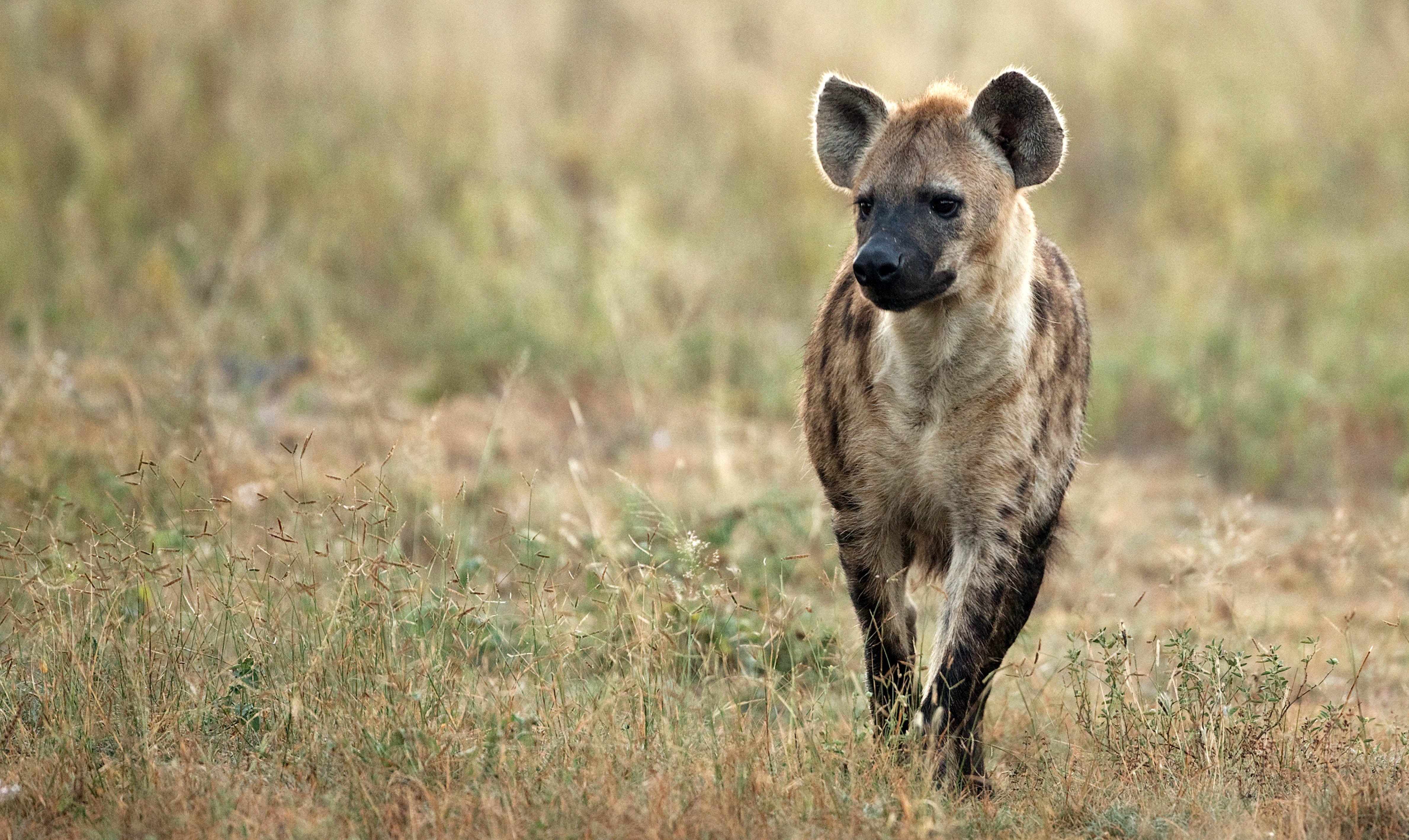
Here are ten fascinating hyena facts that will want to make you stop and observe these curious animals a while longer:
Hyenas form intricate social groups but here’s the fascinating fact—they are known to form allegiances with group members much to the likes of a Survivor game strategy. Their social structure is intricate but relaxed, and they will break allegiances and form new ones as drama on the African savannah unfolds. They form allegiances around hunting, scavenging, territory and social status. Although active allegiance players, hyenas will regroup to aggressively protect their territory if collectively threatened by predators, making them also good and tight team players.
Nothing goes to waste—hyenas are literally trash cans of the savannah as they devour every inch of their prey, nothing is left behind for the vultures! This makes hyena droppings easy to spot among the carnivore droppings. The amount of collagen consumed with bone, horn and hooves give the hyena’s dropping a white coloring compared to other carnivore droppings.
Hyenas are truly opportunistic and their hunting behavior depends on who their predator neighbors are. If they find themselves in an environment with plenty of other predators around, hyenas will tend to scavenge rather than hunt—they literally wait around to empty the neighborhood plates.
However, in an environment with few other main predators, hyenas turn into fierce hunters with impressive skill and speed.
Whether out of pure bravery or laziness to hunt for their own prey—hyenas show no fear or hesitation in trying to steal food. Even if it means risking their own lives with a pack of lions, encounters which hyenas may not survive. Still, the behavior persists making hyenas the perfect description of a chancer personality with some clear benefits for easy meals and African survival.
Look out for hyenas staring at the sky during the day. They are not daydreaming but rather taking cues from circling vultures as their own unique GPS system—using circling vultures to point them to kills.
The hyena has lived with villain-status since the Lion King, but zoologists across the world that study hyenas have been working hard on the re-branding of the hyena.
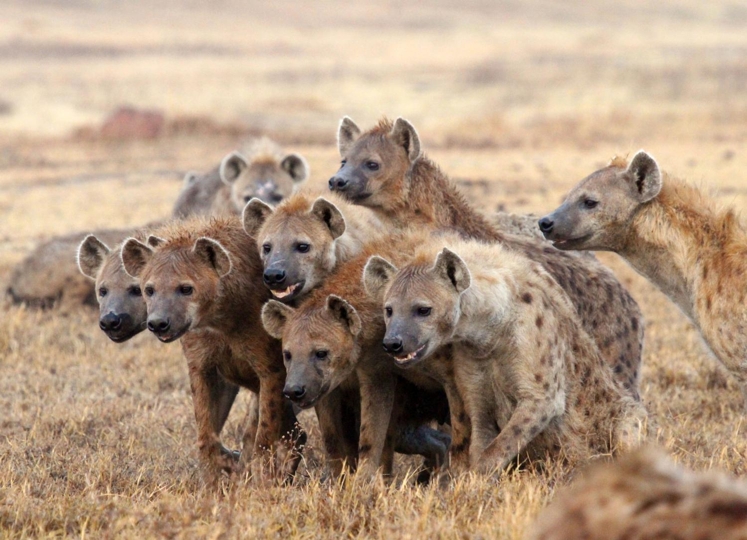
Folklore has not helped in establishing a less favorable public profile, with many myths telling us that hyenas are the steads of witches, and the evil of ancient society has reincarnated as hyenas. But, luckily, hyena scientists are showing us fascinating facts showing us that hyenas are as clever as primates, magnificent hunters, fierce protectors of their young, and highly sociable creatures, helping the official re-brand of the hyena.
Although hyenas resemble canines in appearance and behavior, genetically they are more closely related to cats than dogs.
To great animal kingdom exception, the female is the dominant gender in the hyena world. Female hyenas are easy to spot as they are in fact more muscular and aggressive. In a very peculiar case for the animal kingdom, female hyenas have testosterone levels up to three times higher than male hyenas. There is even more confusion when trying to distinguish female and male hyenas, as the female spotted hyena has external genitalia.
Despite this strangeness, hyenas are however not hermaphrodites. Males do tend to suffer under tribes that become dominated by females. The male hyena’s social status drops even lower, making for a peculiar social grouping with young male hyenas often leaving the group altogether.
We have to admit that hyenas aren’t exactly the most fine-looking of the African plains, and its looks saw it rated as one of Africa’s ‘Ugly Five’. Shaggy, untidy, sneaky, with supernatural status in African folklore and jaws that crush even buffalo in no time, they have perhaps rightfully earned their Ugly Five listing! Brown hyenas are slightly more attractive with pointed ears and a nicer long coat.
Liuwa Plain, located in western Zambia on the border with Angola, is home to the world's second-largest wildebeest migration. Although there are lions in this park, the numbers are low enough that hyenas have assumed the position of alpha predator. Large numbers of herbivores and low numbers of lions and cheetahs make for an ideal environment for hyenas. At the time of publication, there are thought to be over 500 hyenas in the park and surrounding wilderness. This park is a must-see for hyena-lovers!
Hyenas are widespread and the spotted hyena is seen in most safari locations.
Spotted hyena by African Safari Experts
Depending on whether your African safari is aimed at East, Central or South Africa, be on the lookout for one of the three sub-species: spotted, brown or striped hyenas. The striped hyena is more abundant in East Africa.
Striped hyena
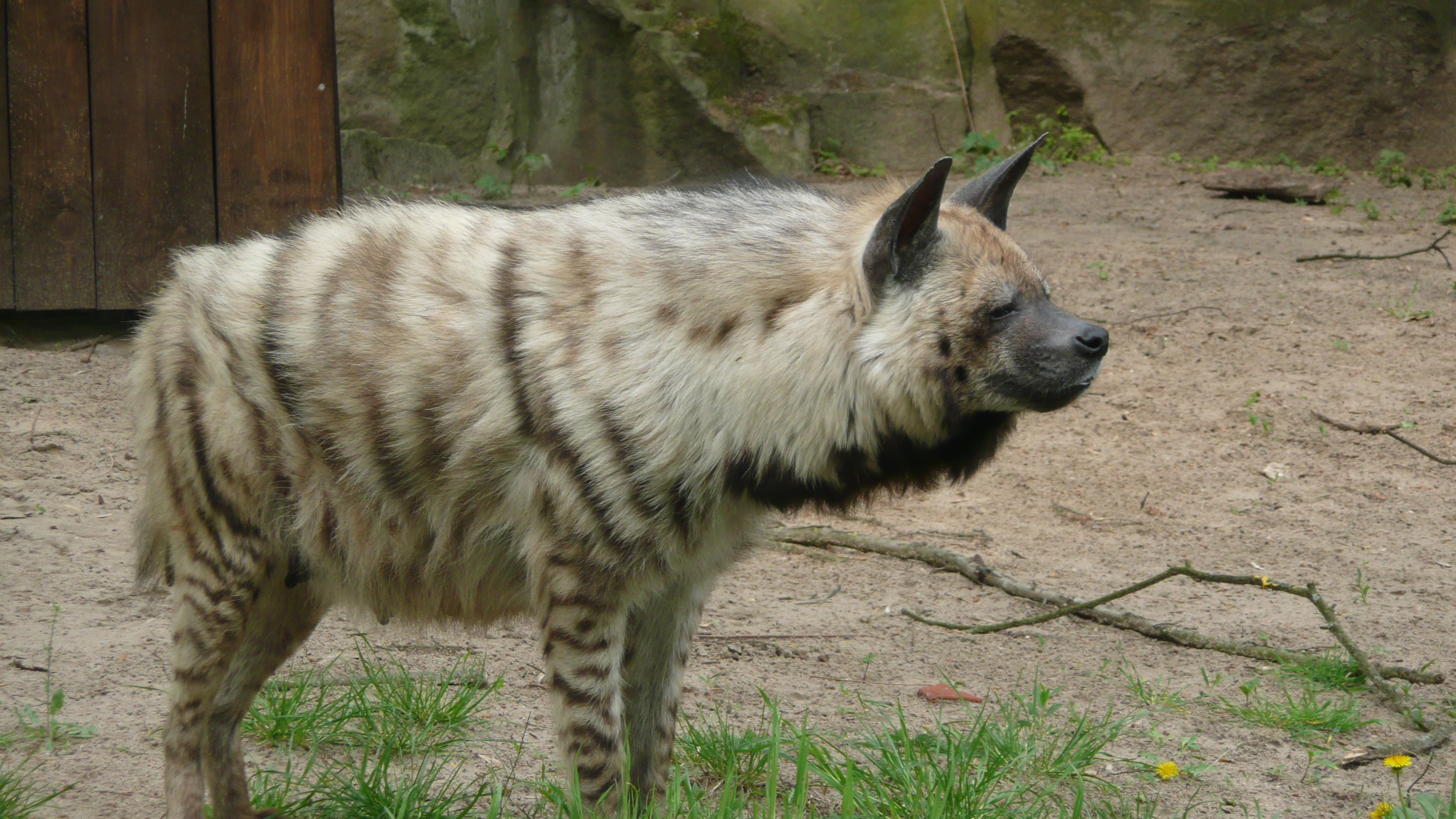
The brown hyena is the lesser spotted hyena cousin found in the southern Africa.
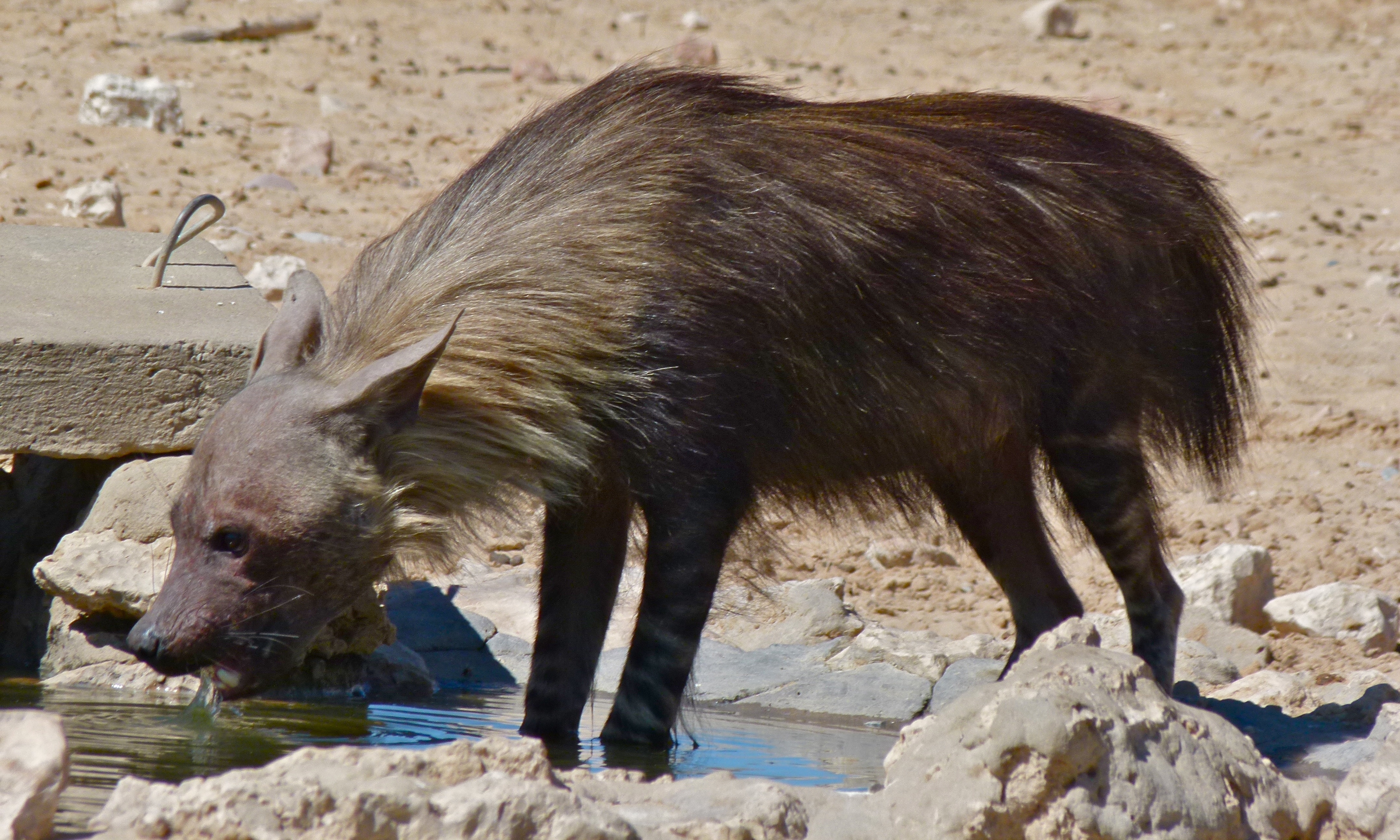
Although at home in most of the African safari parks and reserves, open savannahs are particularly good places to find large groups of hyenas. Hyenas are also ever-present at annual migrations which they follow with relentless energy. Ngorongoro Crater and the Serengeti National Park in Tanzania as well Kenya’s Masai Mara are three top locations with high density spotted hyena tribes. And whether you still find them peculiar, the untidy cousins of the African plains or the newly brand fascination species—be sure to appreciate their nothing short of unique nature.
Has been on: 15 safaris
Your African Safari (YAS) is a safari-planning resource for anyone planning an African safari. It features information on over 2600 tour operators including company and vehicle descriptions, user reviews, safari itineraries and photos. It also features detailed information on 14 countries and 84 parks and game reserves.
© Your African Safari Ltd, All rights reserved.
Your African Safari is a safari-planning and safari review site. It was created to help support a healthy African wildlife population. All reviews are vetted before being approved and only ethical tours are published
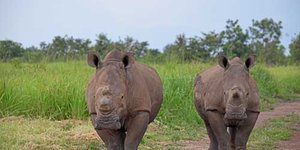
Garamba National Park—an anchor of hope in the Democratic Republic of Congo
Published on January 09 2025
By: R.W.

Namibia imposes new visa requirements
Published on July 25 2024
By: yourafricansafari.com

Do I really need travel insurance or travel protection for my safari?
Published on July 30 2024
By: yourafricansafari.com